Want To Know Just How Toxic You Actually Are?

Are you the type of person who “feels” your glass of wine after just a couple of sips? Are you really sensitive to medications or supplements and find that even a partial dose makes you feel nauseous or drowsy? Does a little caffeine make you feel wired all day and night, even if you had it in the morning? If you answered “yes” to any of these, you might have diminished tolerance from impaired detoxification or liver function.
If you have brain fog, headaches, fatigue, joint and muscle pain, and skin rashes or irritation, you might have reduced detoxification capacity.
As you can see, the symptoms manifest in many different ways in every system of your body, not just your liver. This is because the liver is responsible for over 200 biochemical functions, from blood sugar, blood lipids (cholesterol and triglycerides), and hormone balance to immune support, vitamin and protein metabolism, and detoxification.
Let’s look at a more detailed list of symptoms to understand how they relate to the entire body.

Symptoms of Liver and Detoxification Issues
Understanding what symptoms are involved can help make it easier to identify which tests are appropriate:
Inflammation and immune: Pain, weight gain, lipomas (benign fatty tumors), cellulite, allergies, autoimmune conditions, recurrent infections, and stuffy nose.
Digestive and gastrointestinal: Gas, bloating, cramping, pain, diarrhea, constipation, inability to digest fats (oil in toilet or greasy stools), reflux (GERD), IBS, gallstones, nausea, bad breath, and food sensitivities and allergies.
Blood sugar: Hypoglycemia (low blood sugar), fatty liver, Type 2 diabetes, and cravings.
Brain, mood, and energy: Brain fog, dizziness, vertigo, fatigue, lethargy, depression, irritability, poor concentration, headaches, poor sleep, and poor memory.
Musculoskeletal: Chronic fatigue syndrome, fibromyalgia, muscle pain, and joint pain.
Skin, hair, and nails: Rashes, hives, dermatitis, eczema, pruritus (itchy skin), excess or lack of sweating, acne, rosacea, liver spots (brown spots), red skin, flushed face, red or itchy palms, yellow skin or eyes, itchy eyes, dark eye circles, body odor, hair loss, and cankers.
Hormones: Hormone imbalances, PMS, severe menopause symptoms, inability to lose weight, and infertility.
Detoxification: Multiple chemical sensitivity (MCS), inability to tolerate medications or alcohol, and poor tolerance to hormone treatments.
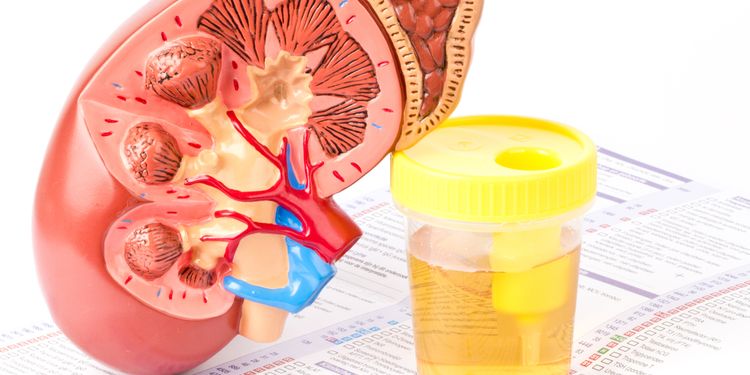
Which Liver Function and Detoxification Test Should You Choose?
The easiest way to navigate testing, especially if you have vague symptoms, is to run the basic tests first. More complex and elaborate tests can be ordered as needed.
It’s best to go from more general testing to specific tests. For example, if you have general signs of impaired detoxification, running liver function tests and an organic acid test is a good place to start rather than going straight to heavy metal testing.
On the other hand, if you had your mercury fillings removed and then started to have neurological symptoms, joint pain, weakness, and immune dysfunction (the symptoms can look like multiple sclerosis), going straight to heavy metal testing would be warranted.

Liver Function and Detoxification Tests
General tests for liver function:
These are serum tests, often run as a liver function panel (LFT) or part of a metabolic panel (CMP). You can get these from any standard lab company (Lab Corp or Quest) or through your health care provider.
- Albumin
- AST (aspartate aminotransferase)
- ALT (alanine aminotransferase)
- ALP (alkaline phosphatase)
- Bilirubin (total)
- GGT (gamma glutamyl transpeptidase)
Functional tests:
These are specialty lab tests that usually require an order from a practitioner.
- Organic acids: urine
- Amino acids: urine, blood
- DNA profiles for methylation and detoxification
- Heavy metals testing: hair, urine, fecal, blood, red blood cell
- Toxicity testing (such as BPA, phthalates, parabens, organophosphates, etc)
- Mold toxin testing
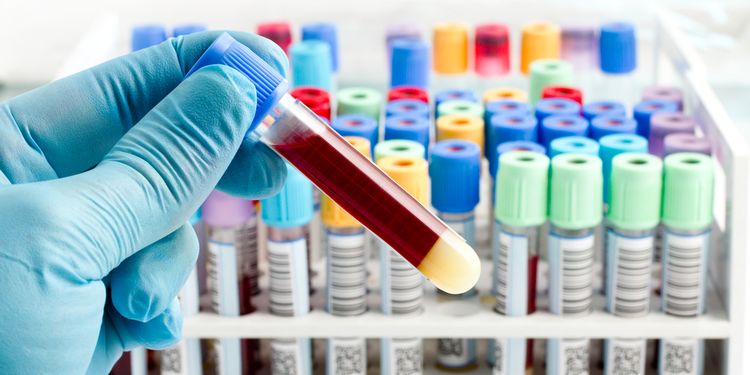
Serum Liver Function Testing
The liver is a robust organ with the most regenerative power of any organ in the body. Liver function tests reflect damage to the liver and also whether it’s overburdened and can’t perform its functions well. Medication and supplements that are hard to break down may cause an acute elevation in liver enzymes.
Similarly, short- and long-term toxic exposure will do the same. Liver function tests don’t reflect detoxification but can reflect toxic damage.
Albumin is a protein made by the liver. 60% of the protein in the blood is albumin—it transports hormones, vitamins, drugs, and ions throughout the body. From a functional medicine perspective, high albumin may indicate dehydration, and low levels may indicate hypochlorhydria (low stomach acid), causing protein malabsorption, high levels of free radicals, and a need for vitamin C.
AST (aspartate aminotransferase) is an enzyme is found in highly metabolic tissues, largely in the heart and liver, but also in muscles and the kidneys to a lesser extent. AST is a reflection of tissue damage and generally doesn’t rise as much as the other liver enzymes. In the liver, it reflects damage to the liver cells (hepatocytes). Conditions associated with high AST are hepatitis, cirrhosis, mononucleosis, and alcoholism. Low levels reflect the need for B6, since AST needs it to function.
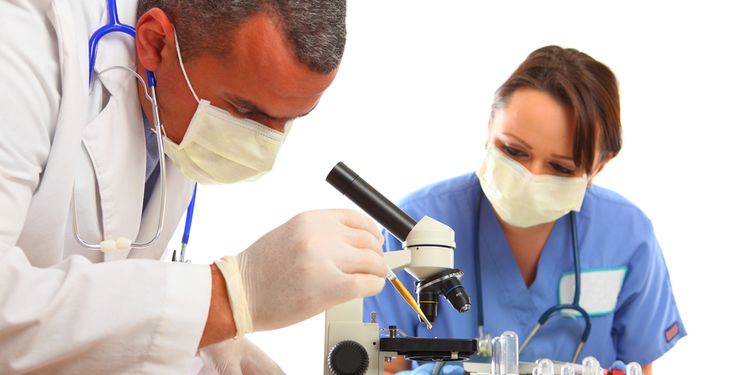
ALT (alanine aminotransferase) is an enzyme similar to AST, but it’s more specific to the liver, since the largest quantities are found there. It too reflects liver damage and can often be measured in the blood before other symptoms arise (like jaundice). Increased levels reflect liver damage from chemical or toxic exposures, drug toxicity, hepatitis, alcoholism, cirrhosis, Epstein-Barr virus, cytomegalovirus, mononucleosis, and biliary tract obstruction. Low levels may indicate the development of a fatty liver or a need for B6.
ALP (alkaline phosphatase) is another enzyme found in many tissues, but it’s in its highest concentration in bones and the liver. Elevated levels can reflect any type of liver dysfunction (alcoholism, hepatitis, cirrhosis), but it’s especially sensitive to damage in the biliary tract. High fat and protein diets may cause an acute rise as well. It may be mildly elevated with fatty liver. Low levels are associated with zinc deficiency, since ALP is dependent on zinc to function.
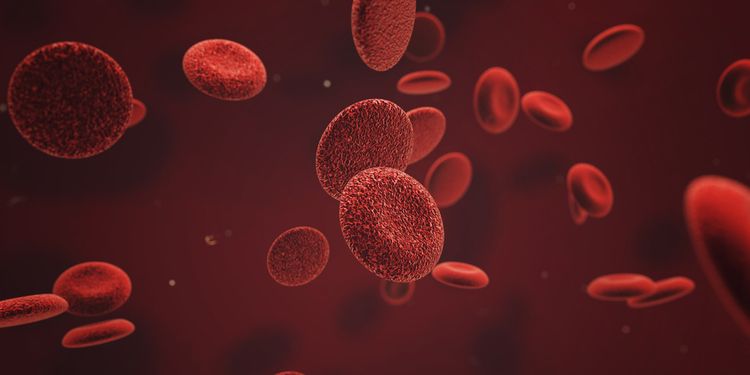
Bilirubin (total) is a waste byproduct from the breakdown of hemoglobin in red blood cells; these must be processed by the liver and made water-soluble for elimination. Total bilirubin reflects both unconjugated/indirect bilirubin (protein-bound bilirubin that circulates in the blood) and conjugated/direct bilirubin (made water-soluble in the liver for elimination via bile). High levels reflect biliary stasis or obstruction (stone, mass, infection), oxidative stress or free radical damage, heavy metal toxicity, or Gilbert’s syndrome.
GGT (gamma glutamyl transpeptidase) is another enzyme made in the liver. It’s the first enzyme to rise when there’s a bile duct obstruction (stone or tumor), typically alongside ALP. Toxic exposures will also cause it to rise. GGT is induced by alcohol and can be elevated with chronic alcoholism. High levels indicate alcoholism, possible parasites, and liver, biliary, or pancreatic conditions. Low levels indicate B6 and magnesium deficiency, as well as protein malabsorption.

Organic Acid Testing
Organic acids are the byproducts of your metabolic processes, and they can be measured in urine. It provides a great snapshot of how your metabolic functions are operating. However, with specific regard to liver function and detoxification, it’s useful for assessing B vitamin status, detoxification pathways, and amino acid status. Dysbiosis is also an important factor because of the relationship between the gut and liver when eliminating toxins.
The B vitamins are divided into B complex and methylation co-factors on this test. They all play a vital role in detoxification, as they’re necessary for toxin elimination. The B complex vitamins, especially riboflavin (vitamin B2), niacin (vitamin B3), pyridoxine (vitamin B6), folic acid, and cobalamin (Vitamin B12), are vital cofactors that propel Phase I and II detoxification pathways.
Low levels of the B complex vitamin markers generally indicate low dietary intake, high stress levels, or possible malabsorption.
High levels can reflect impaired amino acid metabolism, because B complex vitamins are necessary for the breakdown of amino acids. If you don’t have sufficient levels of B vitamins, amino acids can’t be fully broken down, and certain metabolites will build up in the urine.
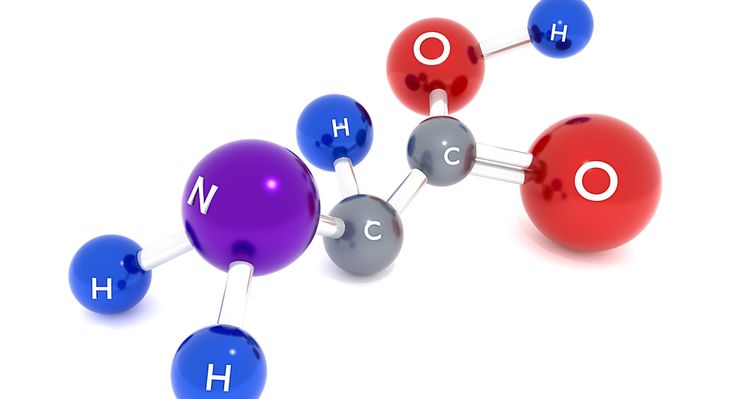
The methylation co-factor markers represent folic acid and B12 metabolism. High urinary levels show deficiency, which may come from lack of dietary intake, malabsorption from low stomach acid, high turnover from stress, or a genetic polymorphism (MTHFR) causing altered folic acid and B12 metabolism.
Amino acids are what proteins are made of. When you eat a meal and digest the protein, amino acids are liberated for your body to use. When levels of amino acids are low throughout the test, it suggests high stress levels and protein malabsorption due to low stomach acid. This makes proper detoxification difficult if the necessary raw materials aren’t present in high enough levels.
Detoxification markers reflect the Phase I and II pathways. Typically, high levels of the urine metabolites (glucarate, pyroglutamate, a-hydroxybutyrate, and sulfate) indicate glutathione demand (which is the primary antioxidant in the body and a Phase II detoxifier) or low levels of sulfur-containing amino acid precursors.
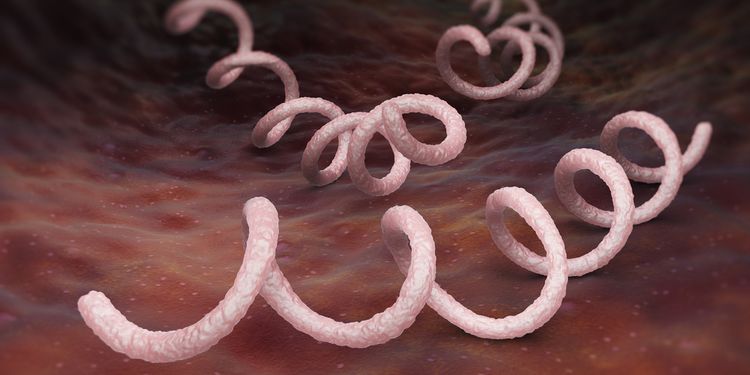
Orotate is specific to ammonia elimination, so high levels may reflect a high-protein diet, intestinal bacterial imbalance (dysbiosis), or low arginine and/or magnesium.
2-methylhippurate indicates exposure to xylene (in paint, paint thinners, fuel, exhaust, and solvents) and dysbiosis when elevated.
Dysbiosis markers can also reflect detoxification stress. Elevated benzoate and hippurate may suggest insufficiency in the glycine conjugation detoxification pathway from low levels of glycine or pantothenic acid (B5).
Organic acids testing is available from Genova Diagnostics and Great Plains Laboratories.
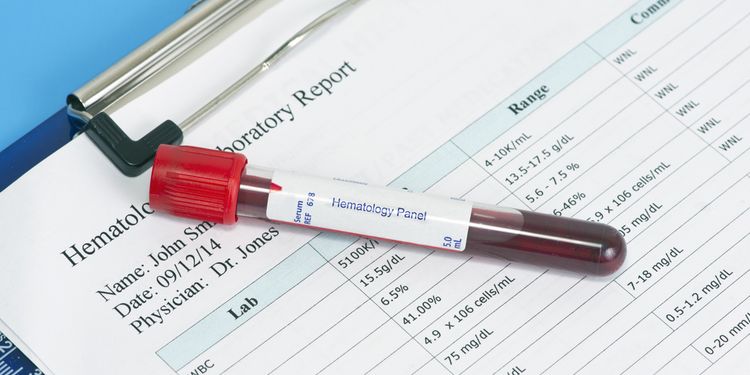
Amino Acid Testing
Amino acids, as mentioned previously, are the building blocks of enzymes that control all of our metabolic processes. There are many enzymes involved in the detoxification process, so looking at amino acids gives a general idea of where deficiencies may occur.
Amino acids can be measured through blood or urine. Blood levels show amino acids being carried in the blood at the time of collection. Urine levels provide information about amino wasting (stress) and malabsorption.
Elevated or low levels of methionine, cysteine, cystathionine, and taurine, as well as low glycine, glutamine, and aspartic acid are associated with impaired liver detoxification.
Amino acid testing is available through Genova Diagnostics and Doctor’s Data.
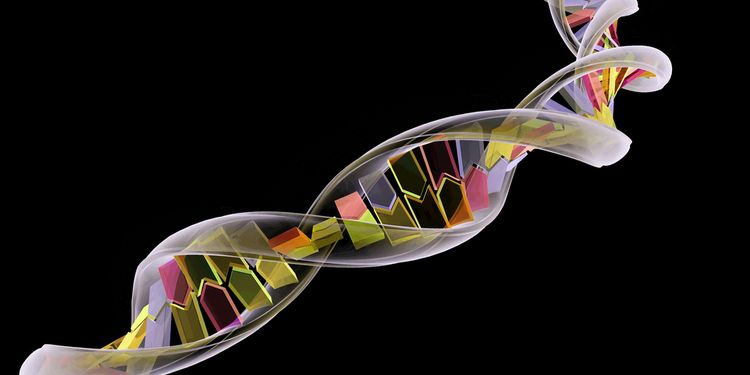
DNA Profiles for Methylation and Detoxification
Long sequences of DNA are what make up your genes and provide your genetic code. This code translates to and encodes enzymes that control your metabolic functions. When there are errors in the code (mutations), changes in enzyme function occur. Some of these mutations, called single nucleotide polymorphisms (SNPs), can be tested for.
In this case the, term SNP (pronounced “snip”) refers to one single mutation, where one DNA base is swapped for another. For example, with the MTHFR C677T SNP, at the 677th position a T is in the location where a C should be. This changes the gene’s instruction manual and alters the way enzymes work (they may work slower or faster than usual). Many SNPs exist, and some can be tested for.
The detoxification SNPs look at alterations in Phase I detoxification, or the cytochrome P450 (CYP450) pathway, and the Phase II conjugation pathways. Knowing your detoxification SNPs can be useful to know if you’re a fast or slow metabolizer of drugs, supplements, and toxins.

Methylation is an important component of detoxification and B vitamin metabolism. If you have a SNP in either the MTHFR gene or one of many others (COMT, MTRR, CBS, BHMT, etc), you’re at risk for impaired detoxification function.
When interpreting the any genetic results, if you have one copy of the mutation, it means you’re heterozygous. If you have two copies, you’re homozygous. As noted previously, this results in altered instructions for enzyme function, which means you could have slower or faster detoxification or methylation functions that may translate into some of your symptoms.
There are many companies that offer genetic testing. Standard lab companies offer the two-MTHFR SNPs, as does Spectracell. Genova Diagnostics has an expanded DetoxiGenomic panel. Doctor’s Data has an expanded DNA methylation panel. 23 and Me offers the most expansive profile, but the results must be interpreted using websites like geneticgenie.com or promethase.com to get information on the specific SNPs.
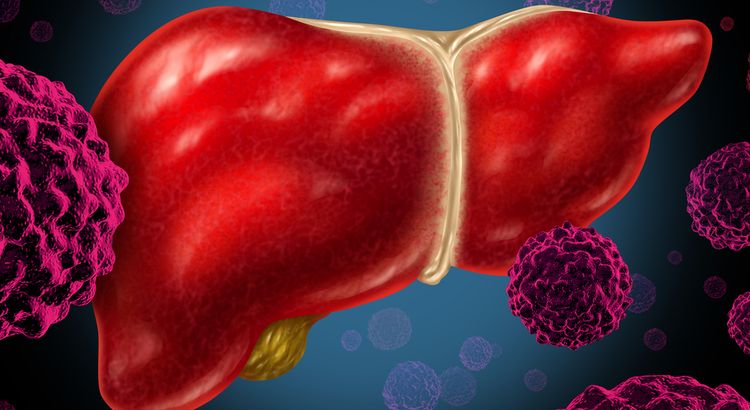
Heavy Metal Testing
Heavy metals, also called toxic metals or toxic elements, are a significant source of damage to humans and other animals. Heavy metals such as mercury, lead, cadmium, aluminum, and arsenic interfere with the body’s proper functioning.
Toxic metals have no known physiological function (as would magnesium, potassium, calcium, and sodium, which are beneficial). They can be toxic to organ systems and may disrupt the balance of essential nutrients, especially because they accumulate in the body and can be stored for years.
Toxic metals can be assessed in urine, blood, feces, and hair.
Whole blood testing can be useful to assess metal levels from recent or ongoing exposure.
Red blood cell (RBC) testing is also useful for recent or ongoing exposures, but it measures levels inside the red blood cells, which may be different than whole blood level. It doesn’t test for metal retention levels in the body.

Urine testing is important, as urine is a major elimination route for toxins. Inorganic mercury from dental fillings is excreted this way.
Hair analysis provides a very non-invasive method of examining recent and prolonged exposure to certain metals. Hair actually functions in excretion and is the preferred pathway for certain metals, such as methylmercury (mercury from food sources).
Toxic metal may be 200 to 300 times more highly concentrated in hair than in blood or urine, making hair a good choice for detection of recent exposure to elements such as arsenic, aluminum, cadmium, lead, antimony, and mercury.
Many companies offer metal testing in various forms. Doctor’s Data offers all four types of testing, while Genova Diagnostics offers all but the hair analysis. Quicksilver Scientific can do hair, urine, and blood mercury tests. Standard lab companies also provide a variety of types of heavy metal tests.

Toxin Testing
There are many types of chemical toxins that harm our health and disrupt detoxification. BPA, PCBs, chlorinated pesticides, organophosphates, parabens, phthalates, and VOCs (volatile organic compounds) can be found in our personal care products, cleaning and household products, food, air, soil, water, and indoor environment. Similar to metals, chemicals disrupt many important physiological functions and can accumulate in our tissues for years.
Chemical toxins are measured in blood and urine. Chlorinated pesticides, PCBs, and volatile solvents (VOCs) are blood tests. BPA, organophosphates, parabens and phthalates are urine tests.
Genova Diagnostics provides testing for all of the above toxins.

Mold Toxin Testing
Exposure to molds and the mycotoxins they produce is one of the most frequently overlooked sources of toxicity. The mycotoxins mold generates are dangerous and can cause very serious symptoms, including rashes, rapid heart rate, memory loss, severe brain fog, compromised immunity, continual respiratory infections, headaches, and mood changes.
Testing for mold and mycotoxins can be done in several ways. First, if you suspect you have mold in your home or work environment, simple test kits are available to sample your surroundings and have them analyzed. Second, urine or tissue samples can be analyzed for the presence of toxins.
Both of these tests are available from RealTime Laboratories.
